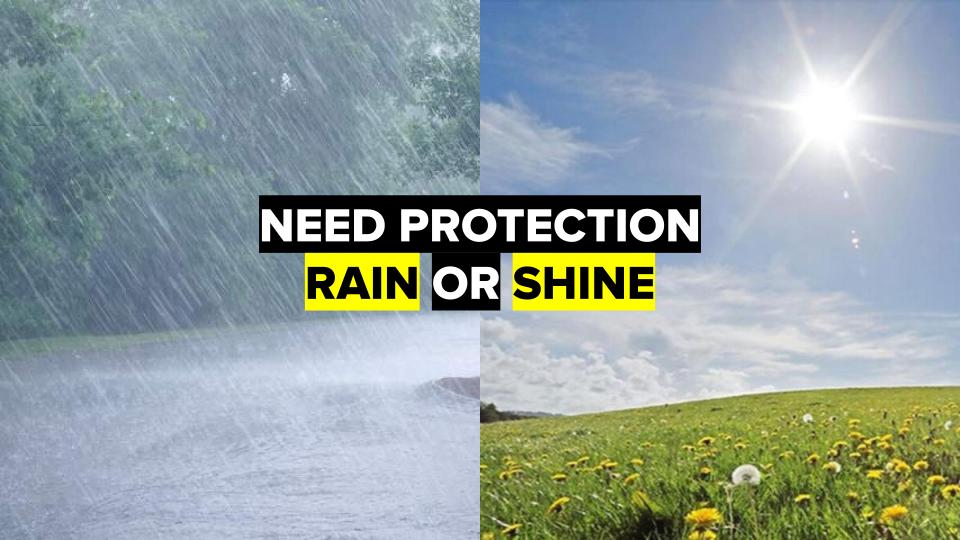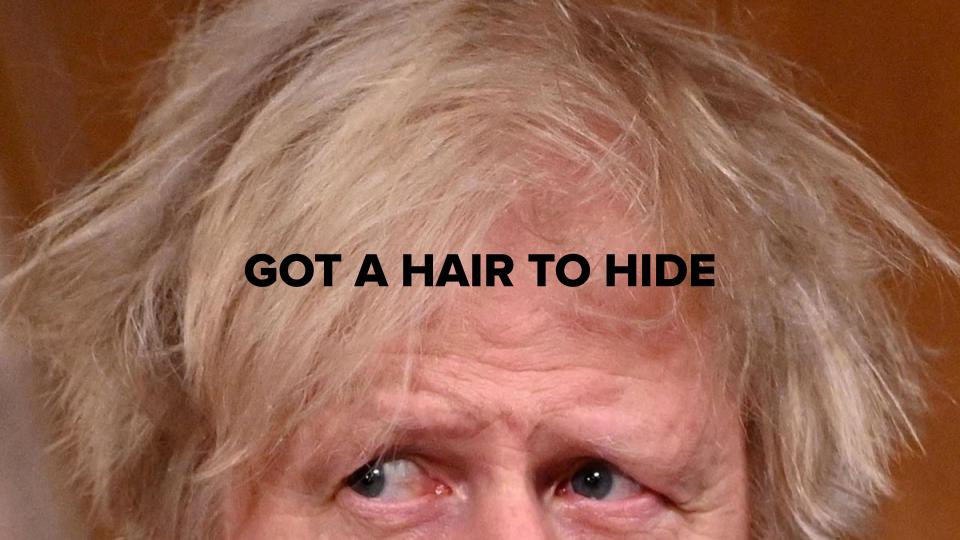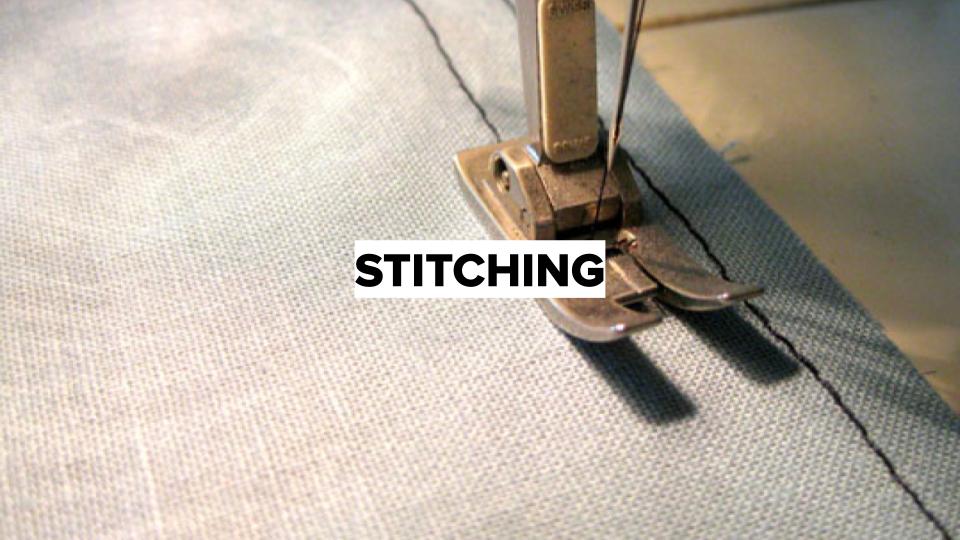Takachya's Ultimate Cycling Cap Guide

1. Sweat
Sweating on your helmet during a ride not only makes it uncomfortable but also turns your cool bike helmet into a portable sauna experience! 🚴♂️💦😓

2. Weather
A cycling cap shields your head from unpredictable weather, turning sudden rain showers and scorching sun into minor road bumps.

3. Bad Hair Day
Cycling helmets are great for safety, but they can leave your hair looking like it just survived a tornado. 🚴♀️💨😄

4. Tan Lines
Cycling helmets: crafting unique sun-kissed patterns on every bald canvas they protect.🚴♂️🌞👨🦲

5. Unique Identity
With cycling caps, your head becomes a canvas for self-expression, riding along with your unique style on every adventure.
🚴♂️🧢✨
3 key points. Materials. Stitching. Fitting.
MATERIALS
STITCHING

Quality Sews
Artisanal and meticulous stitches ensure the build quality of any cap, from the fit to the brim. Its hence important to inspect the stitches to be in good construct like our illimite, Bello, Cyclone and Enishi caps. Good quality caps also come with a strong elastic sweatband.

Country of Origin
In general, European and Japanese made caps are of superior build quality with high attention to detail and consistency in build. Bellocyclists, Cyclone Chee, Enishi, illimite and Takachya are amongst the caps with great build quality.
FITTING

Cap Structures
Cycling caps typically come in either 3 or 4 panels. 3-panel caps usually have larger surfaces for fancy graphics but do not look as great if you do not have a round scalp. 4-panel caps tend to have limited graphic spaces but offer great shaping for the head due to its balanced quadrants. Sweatbands also make or break a fitting. Overly tight sweatbands make it tough to ride with as the head will feel constricted after a longer ride period. Lose sweatbands makes for a droopy fit, reducing comfort levels.

Measurements
A good fit is greatly influenced by our head sizes. Having the measurement of your head circumference will help make the decision of the cap sizes much easier. A good way to measure is with a measuring tape around your head at the level of your forehead.
Typically, most cycling caps are built to one-size fits most. This usually fits head sizes of
56-59cm or 22-23 inches.
Artisanal caps like Cyclone Chee or Enishi from Japan offer 3 different sizes:
S (51~55cm / 20 - 21.6 inches)
M (55~59cm / 21.6 - 23.2 inches)
L (60~64cm / 23.6 - 25.1 inches)
Do note that these caps tend to have less elastic bands at the hem and hence the right size fit will be crucial for comfort.
READY TO GET YOUR FIRST CAP?
Now that we have shared what we have known, we hope you get a deeper understanding about cycling caps! Come explore our collection and choose the right one for you now!




